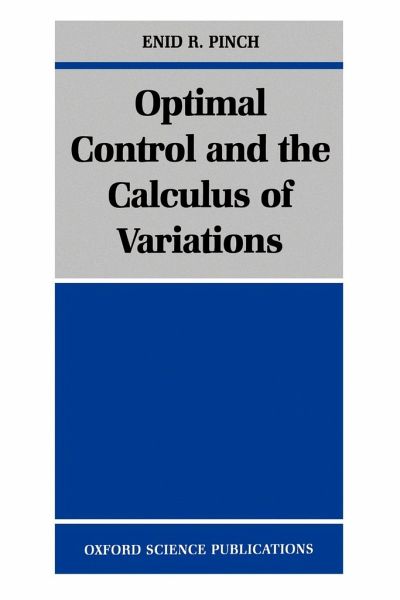
Optimal Control and the Calculus of Variations

PAYBACK Punkte
50 °P sammeln!
This book provides the core material for undergraduate courses on optimal control, the modern development that has grown out of the calculus of variations and classical optimization theory.




